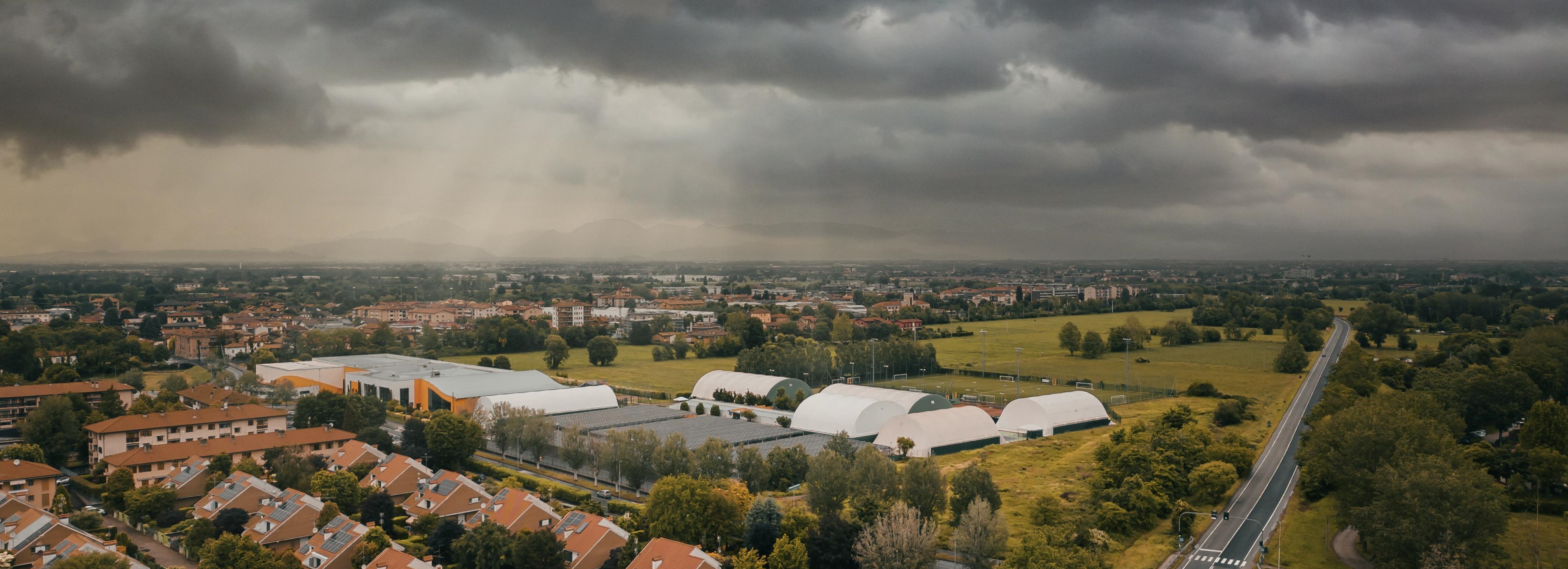Innovation at the service of road safety

As part of the Open Italy 2023 Program, Italferr and ANAS, both companies of the Italian State Railways Group's Infrastructure Hub, participated in a co-innovation project to develop high-tech solutions for environmental monitoring and hydrogeological risk management. The actors involved, in an Open Innovation logic, were Elis Innovation Hub, as promoter of the initiative, and the start-up Artys, operating in the field of real time and HD rainfall monitoring.
It consisted in a multi-corporate collaboration focused on high-tech solutions for environmental monitoring and hydrogeological risk management through the application of a climate change tool that utilises the latest weather forecast data and climate data provided by public and private meteorological and environmental services.
The PoC (Proof of Concept) Rain-Track Alert for Critical Infrastructure, in which Italferr played a leading role with its structures Dissesto Idrogeologico (Hydrogeological Instability) and Innovation & Technical PoC, had, in fact, the objective of developing a tool to inform the decision support system in the management of transport infrastructure, based on information useful for the high-precision measurement of rainfall that can trigger hydrogeological instability phenomena such as landslides, floods and debris flows. Objective: monitoring and warning of flooding with continuous processing of hazard maps, applicable to small to medium-sized basins, to enable timely actions to protect people and infrastructure.
The project achieved its objectives after 12 weeks of work. In fact, the PoC included the identification of a site where SRS antennas were installed to obtain the necessary data in order to obtain short and very short term forecasts of possible hydrogeological instability. This data helped to enhance the alerting system with the introduction of a 'nowcasting' forecasting model.
The Rain-Track Alert for Critical Infrastructure project therefore aims to enhance warning systems with the introduction of a short-term forecasting model in order to make infrastructure resilient to climate change, especially to phenomena such as debris flow.